Australia So Much to See


We stayed at the
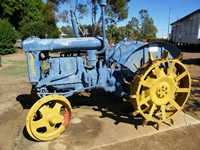
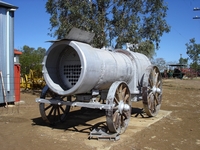
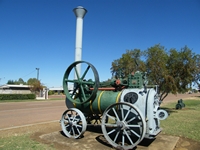
The art of stone pitching required careful planning. Suitable stones of the right size and shape had to be gathered, perhaps from
far locations and had to be sorted for size before being strategically placed throughout the construction like completing a jigsaw
puzzle.
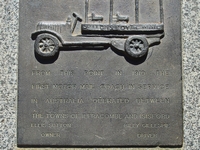
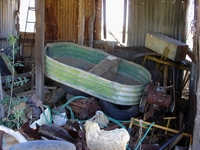
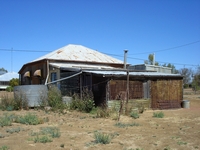
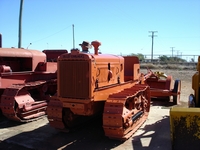
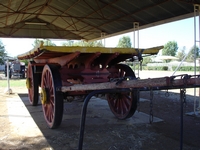
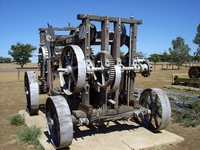
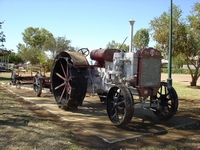
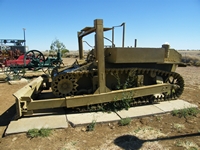
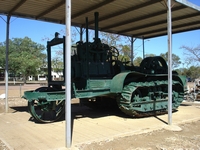
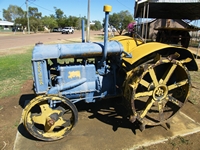
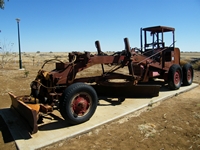
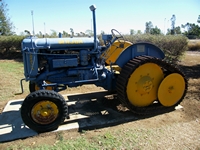
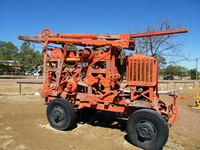
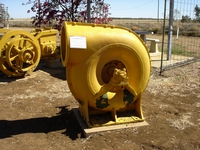
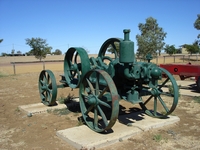
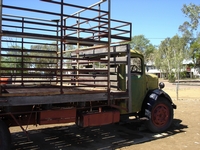
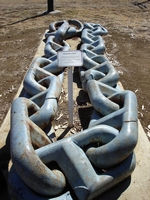
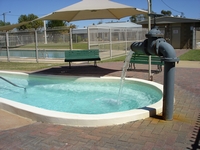
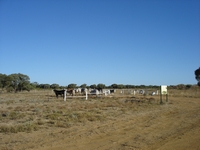
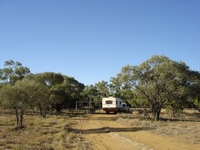
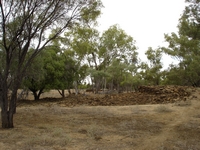
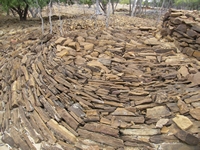
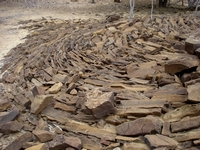
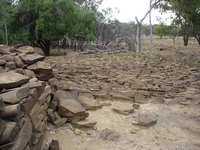
Ilfracombe - the Machinery Mile and other attractions
3 HP steam engine
All displays in Ilfracombe are free to visit. Visit Ilfracombe
Being founded within Wellshot Station, the town which
formed at the rail head was originally called Wellshot. Commencing 1898, a large wool scouring plant operated 500 metres away
from the railway and the artesian bore water proved ideal for the processing. This was possibly the first wool scouring plant
in
Wellshot station encompassed over a million acres of Mitchell grass plains
between the Barcoo and
In 1873 Artesian water was discovered and bores gushed out. Uncapped, they are now a trickle compared to past output. Comfortably warm water sourced from an Artesian bore provides water for the swimming pool and a spa.
The Langenbaker House: To gain an insight into life in the early days of Ilfracombe. This house was brought to Ilfracombe in
the 1890's by dray by Harry and Mary-Anne Langenbaker, who were among the town’s first settlers. The house had been moved several
times as they followed the rail head where teamster Harry Langenbaker carted produce to and from the rail head. It would have
been a fine house in its era. The couple and their 11 children lived in the house which remained in the family until 1991 when
the youngest son Bernie died. Verandahs had been added with lattice made from bands from packs of woolpacks – and abundant material
at the time.
Other points of interest include the Wellshot Hotel which is over 100 years old and came originally from a small railway siding west
of Anakie, called Withersfield. It was then erected in Barcaldine where it stood for approximately 10 years.
As the railway
line moved further west, Paddy Finn thought it a good idea to dismantle the pub in Barcaldine and erect it on its current place.
The
folk museum is filled with memorabilia from a bygone era, and showcases the role of women and children in the pioneering days of the
area.
Hilton’s bottle collection is also free to enter and has thousands of bottles collected by Hilton Jackson, but there is much more to see. This display also includes buttons, saws, insulators, cutlery, hubcaps and horseshoes.
Romani Hall has a display dedicated to the 2/14th Ilfracombe Light Horse Troop.
A plaque outside the Post Office celebrates the first motorised postal service in Australia which went from Ilfracombe to Isisford in 1910.
Twenty five kilometres east of Longreach is the delightful small town of
Above: 1949
To left: Goodwin-Isas 640 P Medium Grader: a 1940 model, AWB 6 power unit that was possibly built in the mid-1940's. Built by A E
Goodwin Ltd, St Marys, NSW. Serial Number: S1112
After a most enjoyable and day filled with history and interest in Ilfracombe, we headed south towards Isisford. Just twenty
kilometres to the south we stopped at a picnic area alongside the dry Stockyard Gully; a place which was once the site of the Royal
Mail Hotel at the Cobb and Co change station referred to as the Twelve Mile. The site was chosen as it was suitable for building
a dam to provide water. The Royal Mail Hotel operated between 1893 and 1916 and now nothing remains but a sign telling the history
of the site. See our report on camping at this Rest Area here. We stopped at the picnic area to relax for a while and
look at and back up our many photos of Ilfracombe, and felt so comfortable there that we didn’t leave until the following morning.
We walked across a farm cattle grid and past a large farm dam to the site of the first Twelve Mile Dam. A loop at the end of
this track gives vehicle access to the site of the Stone Pitching; a form of dam building in gullies. This site shows
a remaining example of the way stones were laid to prevent dam wall erosion. With neatly placed selected stones, this shallow
dam was constructed to create an erosion proof facing on an embankment, which served as a by-wash that would retain water to a certain
level, causing it to run into and fill the adjacent dam. Excess water was allowed to flow over the by-wash, thus relieving pressures
that might have washed the dam away. This dam was probably constructed in the early 1890s.